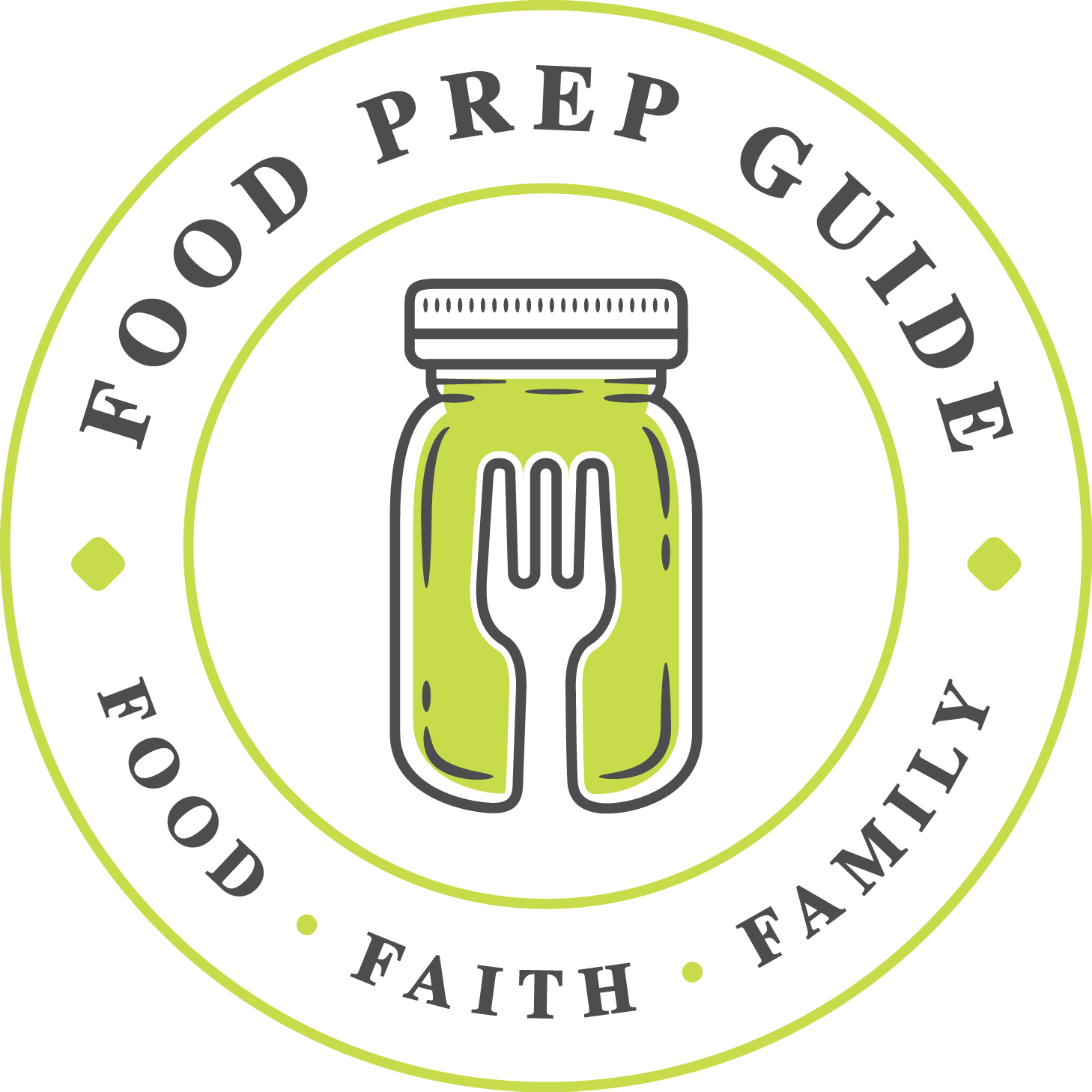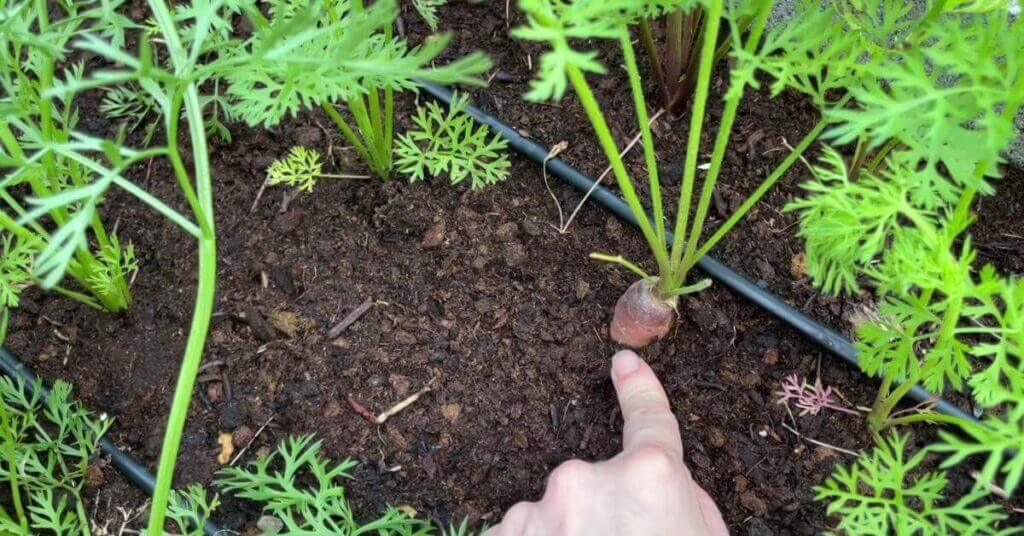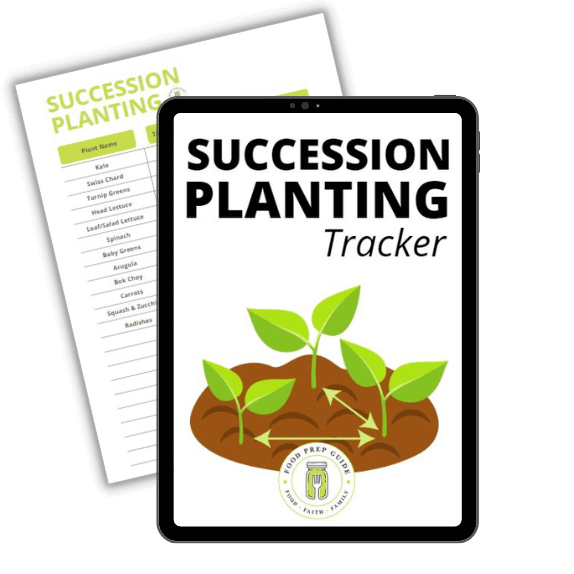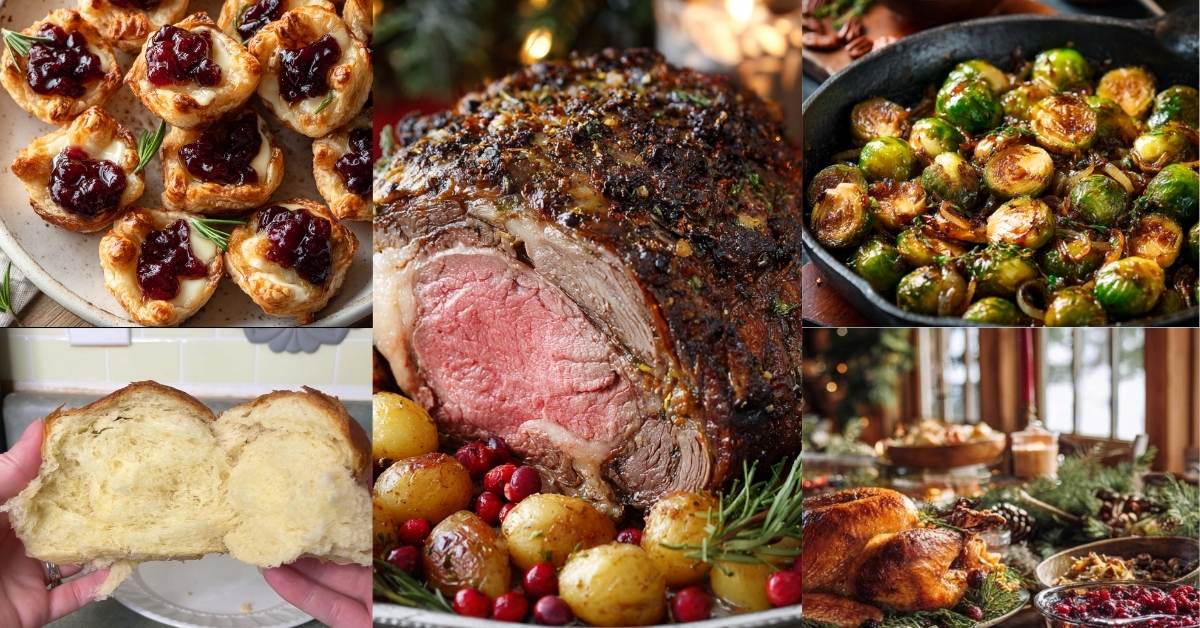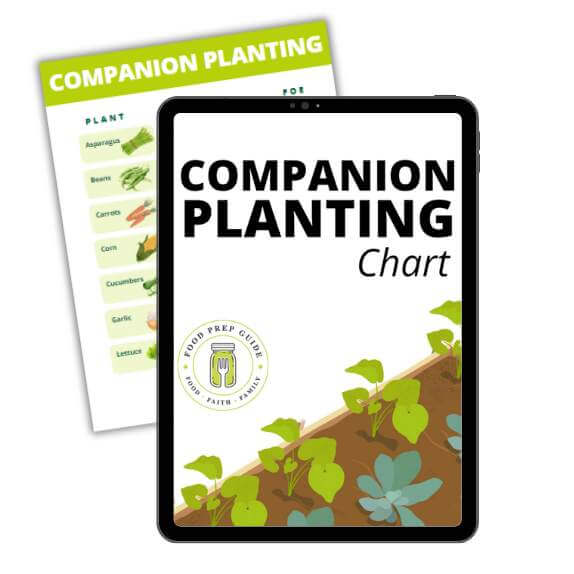Growing carrots in your own backyard is so rewarding, but knowing when to harvest them can be tricky.
After all, they grow underground, so we can’t exactly see when they’re ready to be harvested.
Although most carrot varieties are ready to harvest between 70 to 100 days after sowing the seeds, there are some signs we can watch for to determine the optimal harvest window.
Let’s discuss them!
Prefer a visual? Don’t miss the video tutorial below!
Common Carrot Varieties & Their Maturity Rates
Depending on your climate and the desired size of your harvest, you can choose a carrot variety that suits your needs. Some options include:
| Variety | Maturity time | Root diameter | Special features |
|---|---|---|---|
| Nantes | 50-70 days | 1.75 inches | Sweet and tender |
| Chantenay | 65-75 days | 2-3 inches | Cold hardy |
| Imperator | 70-80 days | 0.5-0.75 inch | Long and slender |
| Danvers | 75-85 days | 2-2.5 inches | Tolerates heavy soils |
Remember that even though some varieties are cold-hardy, most carrots should be harvested before heavy frosts arrive for the best results in your vegetable garden—although very light frosts can make them sweeter!
When to Harvest Carrots
The carrot variety that outperformed all the others from our experiment this year was the Red Core Chantenay! (For reference, we are in Zone 7b.)
Days to Maturity
Carrots take different amounts of time to reach maturity depending on the variety. Most commonly grown garden varieties take about 70 days from germination to be ready for harvest.
Some carrots may take as little as 50 days, while others may require up to 120 days to achieve their full flavor and sweetness. Check your seed packet for the “days to maturity” to give you an idea of your expected harvest date.
Color and Shoulders
The number 1 way to determine if your carrots are ready for harvest is by observing their color and the size of their shoulders.
The shoulders (the top part of the root closest to the greens) should be about 3/4 to 1 inch in diameter. Also, the “shoulder” will likely pop through the soil when it’s about ready to harvest.
Keep an eye on the carrot’s color as well. A bright and vibrant color is a good indicator that they’re ready to harvest.
Taste and Weather Factors
Keep in mind that the taste and quality of a carrot can be influenced by various factors such as weather and growing conditions.
Consider planting them in early spring for an early summer harvest, or in late summer for a fall and early winter harvest. Carrots grow best in cool weather.
It’s essential to monitor the weather throughout the growing season, particularly as you approach harvest time. While carrots can withstand mild frost, it’s a good idea to harvest them before the first hard frost, which could damage the crop.
If a frost is expected and your carrots aren’t quite ready, protect them with a layer of straw to help insulate them from the cold.
How to Harvest Carrots
Grasp the carrot greens just above the root, and gently pull upwards. If necessary, use a garden tool to work around the carrot while pulling to ease the process.
When harvesting, note the root diameter and try to wait for it to be 1-inch around. If you’re unsure if a carrot is ready for harvest, you can leave carrots in the ground for a slightly longer period without any issue.
Carrots can sometimes even be left in the ground until the first frost, as long as they’re well-mulched to protect them from freezing temperatures.
Growing Carrots for Continuous Harvest
To enjoy a continuous harvest of carrots throughout the growing season, you can use succession planting strategies. This involves planting carrot seeds at intervals, typically every 2-4 weeks throughout the early spring and into early fall.
By staggering your planting, you’ll be able to harvest fresh carrots at different stages of their growth cycle, ensuring that you have a consistent supply for your vegetable garden.
Start planting carrot seeds as soon as the soil can be worked in early spring. Your final planting should be done about 10-12 weeks before the first expected frost, as carrots need some time to mature before winter arrives.
Don’t forget to take into account the specific growing conditions of your garden and the local climate to optimize your planting schedule.
Carrot Storage and Preservation
To prepare carrots for storage, gently remove any soil and trim the greens off, leaving about an inch of stem. Do not wash the carrots; keeping them dry helps with preservation.
Refrigeration and Freezing Methods
Refrigeration: One method to store carrots is to place them in the fridge. Keep them in a perforated plastic bag or a container with a lid that is slightly ajar to maintain some humidity. This method retains the taste, color, and nutritional value of the carrots for several weeks.
Freezing: To store carrots long term, consider freezing them. Blanch the carrots for 2-3 minutes in boiling water, then transfer them to ice water to halt cooking. Once cooled, drain and store in airtight freezer bags or containers. Frozen carrots can be stored for up to a year and used in recipes like soups and stews.
Alternative Storage Options
Bucket of sand or moist soil: In a cool basement, garage, or other dark, cool space, carrots can be stored in a bucket of sand or moist soil. Layer the carrots with damp sand or soil, making sure not to let them touch each other. Plastic crates can also be used for this purpose.
Storing in the ground: Another alternative is to store carrots directly in the ground where they were sown. Make sure the soil is well-drained to prevent rotting. Cover the carrot patch with a thick layer of straw or leaves, and access them throughout the winter months as needed.
Canning Carrots
We prefer to can our carrots. In case you missed it, we included a step-by-step carrot canning tutorial in the video embedded above!
By following these storage methods, you can enjoy the fresh taste of home-grown carrots throughout the year.

